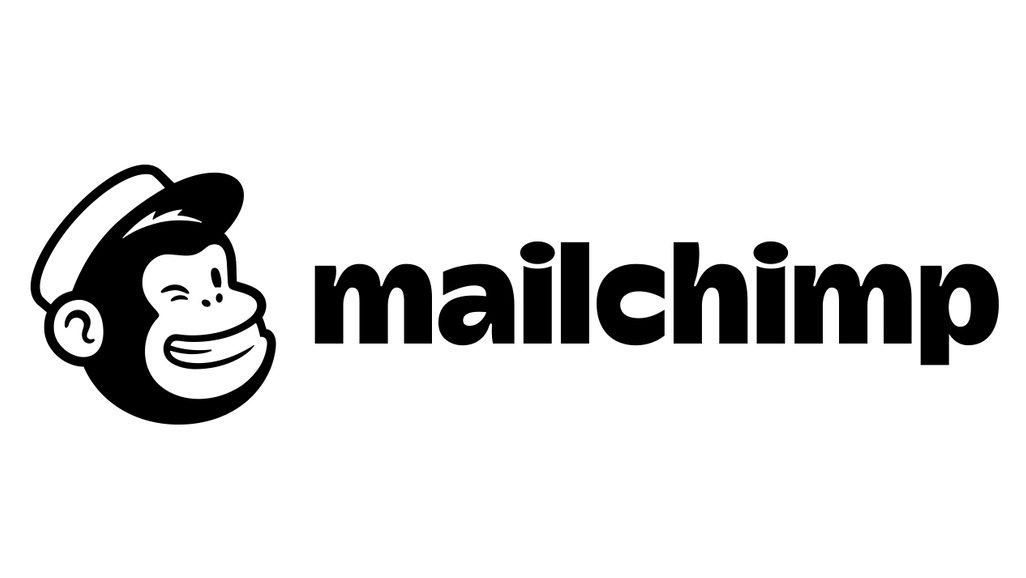Personas are fictional characters created to represent the behaviors, needs, and goals of a target user group, helping businesses to design and develop products or services that meet their customers' specific needs.
personas are fictional representations of target users or customers that are created to better understand their needs, goals, behaviors, and preferences. Personas help innovators and designers empathize with their intended audience and make informed decisions throughout the innovation process.
Step by step guide:
- Research: Collect audience data through surveys, interviews, and analytics.
- Identify Patterns: Group users by common goals, challenges, and behaviors.
- Define Personas: Create 3-5 personas, including:
- Demographics
- Goals and needs
- Challenges
- Add Personal Details: Include hobbies or lifestyle information for relatability.
- Validate: Ensure personas resonate with teams (e.g., marketing, product).
- Use Across Teams: Apply in product, marketing, and customer support.
- Update: Refresh personas as audience data evolves.
Personas help focus on key user segments for better decision-making.
Example:
Mailchimp, the popular email marketing platform, used detailed personas to improve its product development and marketing efforts. Here’s what they did:
- Research and Data Collection: Mailchimp conducted extensive research on its user base, which ranged from small business owners to large marketing agencies. They collected data through surveys, user feedback, and analytics to understand user behavior and pain points.
- Persona Creation: Based on this research, Mailchimp developed multiple personas that represented distinct user segments. These personas included details like:
- Demographics (e.g., freelancers, small business owners, marketers)
- Goals (e.g., increase email list, automate marketing)
- Challenges (e.g., lack of time, budget constraints)
- Product and Marketing Alignment: The personas were used to tailor Mailchimp's product features, such as simplifying automation tools for small business owners and offering more advanced customization for larger marketing agencies. In marketing, Mailchimp used personas to craft more personalized messaging and campaigns.
- Continuous Updates: Mailchimp regularly updated its personas based on new customer data and feedback, ensuring they remained relevant as the market evolved.
By using personas, Mailchimp was able to address the specific needs of its diverse user base, resulting in more effective product offerings and targeted marketing strategies. This approach played a key role in Mailchimp’s growth and ability to cater to various customer segments.

For more information on the topic, please see the source below:
Jansen, B. J., Salminen, J., Jung, S., & Guan, K. (2021). Data-driven personas. Springer Cham. https://doi.org/10.1007/978-3-031-02231-9
Olsen, D. (2015). The Lean Product Playbook: How to innovate with minimum viable products and rapid customer feedback (p. 30). Wiley.

#Personas #TargetAudience #CustomerPersonas #UserResearch #CustomerInsights





